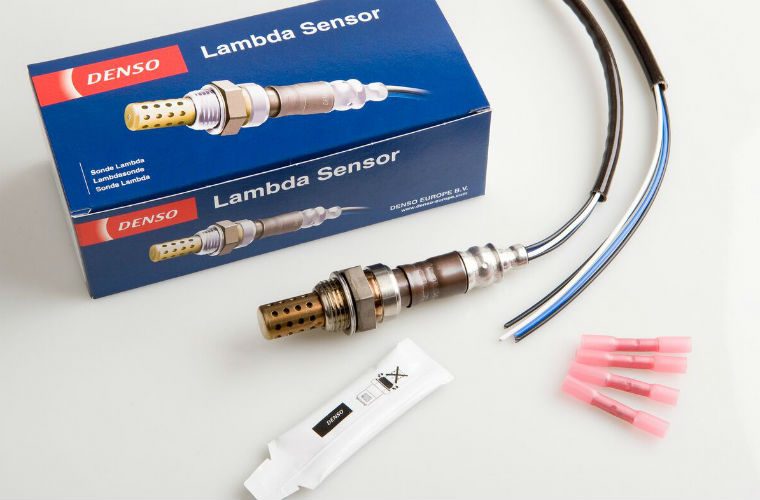Ever-tightening environmental regulations, and environmentally-aware motorists over the last decade, have made lambda sensors amongst the most important components to service.
Despite the up-selling opportunities for workshops, even the best technician can be let down by a lack of knowledge on how to correctly service lambda sensors.
Nick Thomas, product manager at DENSO Sales UK, commented: “One of the most important considerations for today’s motorists is the environment.
“Despite presenting a challenge for workshops, it can offer greater opportunities if technicians are able to to maintain crucial components for engine efficiency.”
“With green technology developing at a remarkable pace, it’s easy to forget there are millions of vehicles on the roads which need to be properly maintained to deliver optimal engine efficiency and reduce exhaust emissions.”
Warning Signs
Typical symptoms include high fuel consumption, rough engine running, poor emissions performance or simply via the diagnostic trouble code (DTC), technicians should note any physical signs of a faulty lambda sensor.
Performing a systematic diagnosis can help identify any lambda sensor defects as well as checking for diagnostic trouble codes.
Check service history
Checking for components that may have been replaced in the last service or incorrectly fixed should be the first call of action; as well as checking if any connections were not refitted, or if the wrong parts have been used.
Pay particular attention to anything which could affect the lambda sensors, including EGR valves, fuel injectors and exhausts.
Visual inspection
Check under the bonnet for any exhaust leakage, this process takes little time but could potentially save hours.
Live tests
Check the exhaust system for leakage, and then check the sensor heater by measuring the resistance at room temperature to exclude an open or short circuit.
Perform live tests to measure only the signal of the O2 sensor; pay attention to the time it takes for the signal to give a reliable high-low oscillating signal and check if the min-max values are adequate.
Don’t forget to consider a faulty heater current supply from the ECU, which can be measured during a cold start; if that fails to provide a solution, compare with other sensor signals during idle and raised (2500) RPM.
Sensor inspection
The tip of the sensor should be a dull grey in colour, if discoloured to red it may signify a contamination by fuel additives which can block the sensor and prevent it from functioning properly.
In addition, check for damage to wires and connectors to the EMS system.
EMS inspection
Check other parts of the EMS, including MAF Sensors, the thermostat and fuel injectors for any exhaust leakage.
By performing a comprehensive sensor check service technicians can fix minor issues and learn when a sensor is in need of replacement.
For more information about DENSO, or find your nearest DENSO distributor, click ‘more details’ below.







